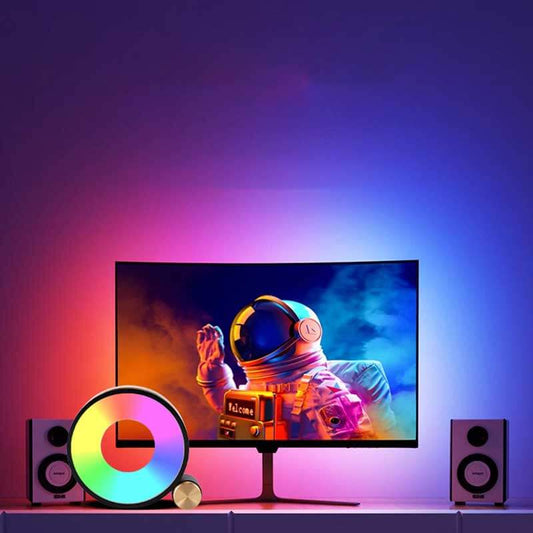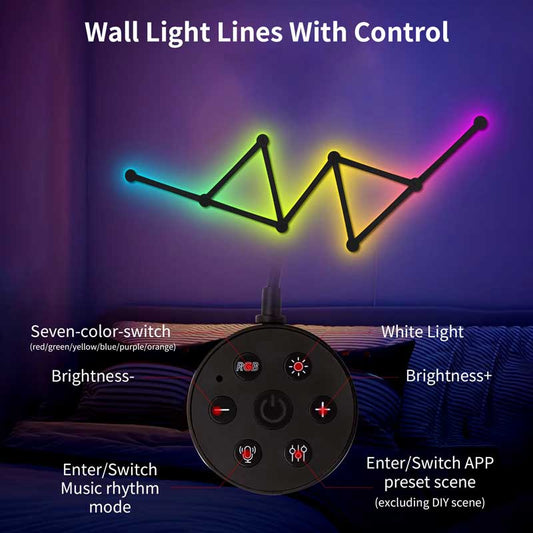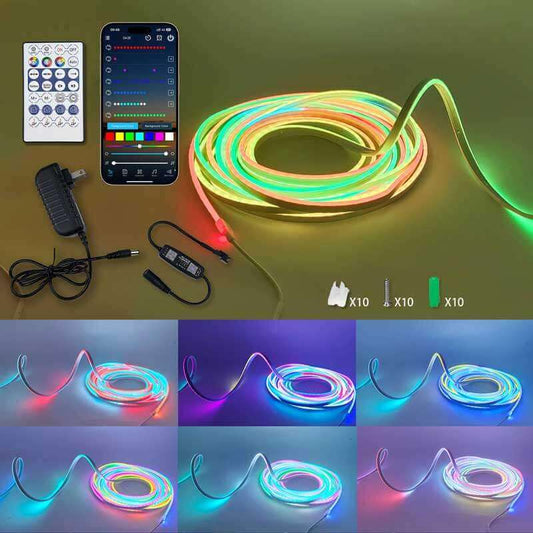Does infrared light bother birds?
Share
In general, infrared (IR) light is unlikely to cause the same type of disruption to birds as visible light, but there are some important nuances to consider regarding its effects on birds and their behavior.
1. Birds and Infrared Light
- Birds' Vision: Unlike humans, birds can see a broader spectrum of light, including UV (ultraviolet) light. However, infrared light is generally invisible to birds (just as it is to humans) because it has longer wavelengths than visible light. This means that birds do not directly perceive infrared light as a visual stimulus.
- IR and Birds' Behavior: Since birds cannot see infrared light, it won't necessarily bother them in the same way that visible light might. Birds are more likely to be affected by visible light (especially bright or flashing lights) that disrupt their circadian rhythms, navigation, or breeding behaviors.
2. Effects of Infrared Light in Certain Contexts
While infrared light itself is not directly visible to birds, there may still be some indirect effects depending on the source and intensity of the infrared light:
-
Infrared Heaters: Some infrared heating lamps or devices, often used in pet enclosures or bird habitats to provide warmth, can emit infrared radiation. These lamps can heat up an area, which may be beneficial for keeping birds warm in colder environments. As long as the intensity and heat levels are regulated and safe for the birds, infrared heat is typically not harmful.
-
IR Cameras or Motion Sensors: Many infrared devices, such as security cameras or motion detectors, use infrared light to operate in low-light conditions. Since infrared light used in these devices is typically of low intensity, it does not generally affect birds. However, if birds are attracted to certain areas with infrared-based sensors or cameras, they may be affected by movement-triggered lighting or alarms rather than the infrared light itself.
3. Concerns with Overexposure to Heat
- Heat stress: While infrared light itself doesn’t directly impact birds’ eyes or vision, excessive exposure to infrared heat can be harmful. If infrared heating devices or lights are used improperly, they may cause thermal stress in birds, especially if they are exposed to high heat for extended periods. It's essential to ensure that any infrared heating source is appropriately positioned to avoid overheating birds.
4. Applications of Infrared Light
-
Night Vision: Infrared light is often used in night vision devices and cameras, which birds can't see. These types of devices are generally harmless to birds in terms of light exposure because the birds can't perceive the infrared light.
-
Security Lights: Some outdoor security lights use infrared sensors to detect movement at night. While the infrared light itself won’t affect birds, the resulting bright visible lights or flashing lights from motion detection could be disorienting or stressful for birds. It’s more the visible light that could cause problems, not the infrared detection.
5. Other Considerations
- Infrared Radiation: Prolonged exposure to high levels of infrared radiation (from things like lasers or intense infrared heat sources) can be harmful, but this typically applies to direct exposure at very close range. In most bird habitats, standard infrared light sources are not a significant concern unless they are excessively intense.
Conclusion
- Infrared light does not bother birds in the way that visible light might, because birds cannot see infrared radiation.
- Infrared heating devices can be useful for providing warmth, but excessive exposure to heat from such devices could be harmful.
- Infrared light from security cameras or motion sensors is unlikely to bother birds, but any bright visible light triggered by motion may cause stress or disorientation.
As long as the infrared light is not extremely intense or creating heat stress, it is generally not a concern for birds. The most important factors to consider for bird-friendly lighting are the visible light intensity and light duration, especially at night.




